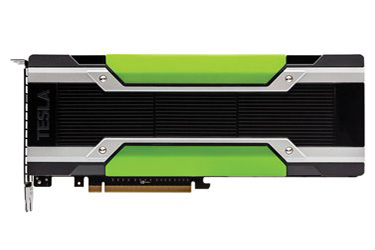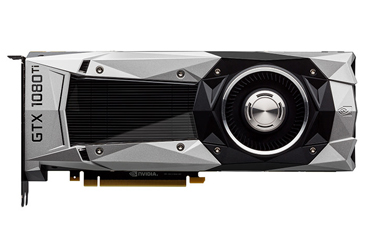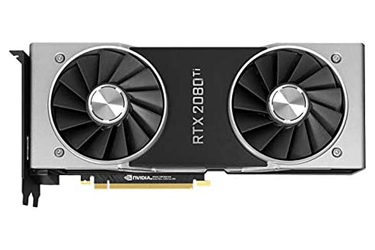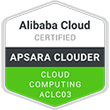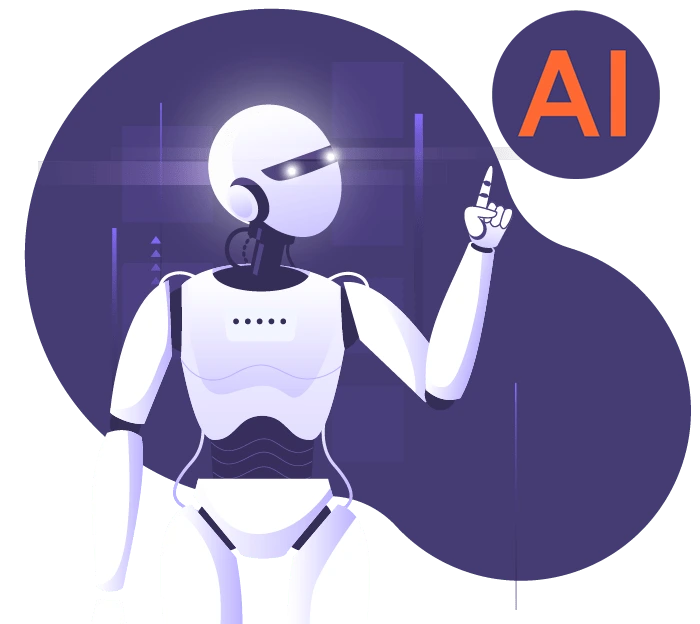
Artificial Intelligence
Artificial intelligence was founded as an academic discipline in 1956. The goal then, as now, was to make computers do tasks that were uniquely human. In the beginning, researchers worked on problems like playing checkers and solving logic problems. If you looked at the output of one of those checkers-playing programs, you could see a form of “artificial intelligence” behind those moves; especially when the computer beat you. Early successes made early researchers show boundless interest in the possibilities of artificial intelligence; but they had not considered the difficulty of the path. So artificial intelligence refers to the output of a computer. The computer is doing something intelligent; so it is exhibiting intelligence that is artificial. The term artificial intelligence does not say anything about how to solve these problems. There are many different techniques, such as expert systems or rule-based systems. And a group of techniques that was widely used in the 1980s is called machine learning.
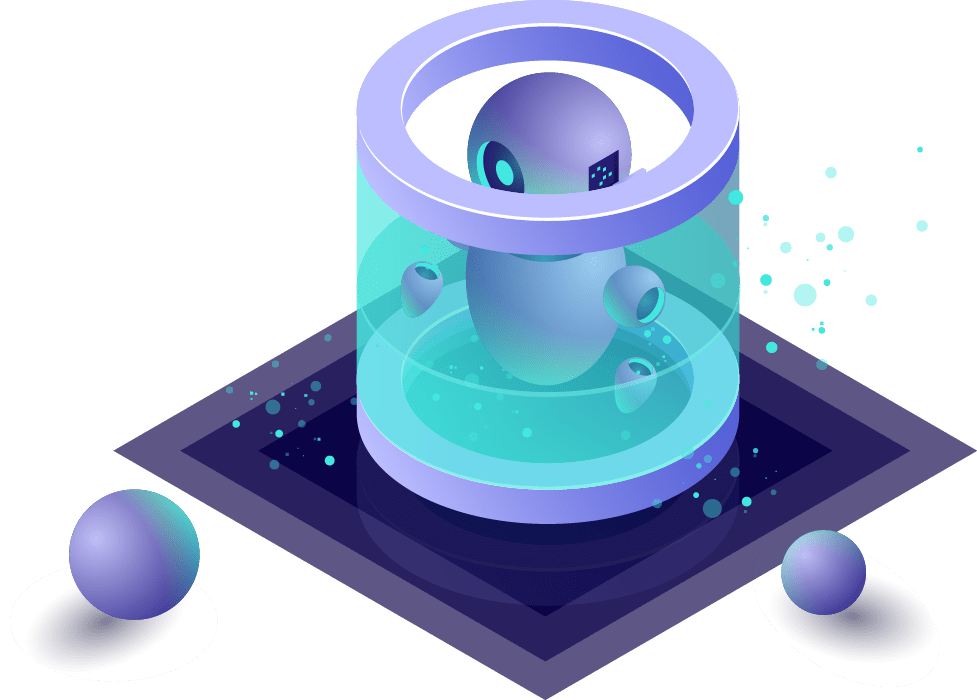
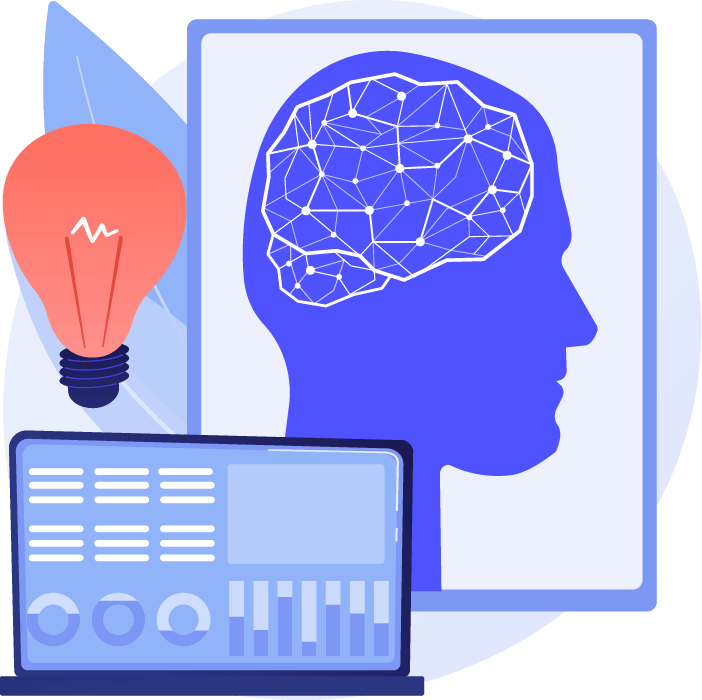
Machine Learning
Machine learning is possible through two methods, Supervised learning systems or supervised learning systems and Unsupervised systems or unsupervised learning systems. In the Supervised mode, the machine learns to predict and draw final conclusions through information given by a Data Scientist and with its help, and in the Unsupervised method, the machine will learn to achieve goals by learning to follow the results based on input information and in a way with experience. Data Scientists or data science experts are people who analyze the world full of different data that surrounds us and extract from them the needs of customers, organizations and even information about the future of jobs.
Deep Learning
Deep learning is more about using neural networks than neurons, layers, and connections. We are still a long way from fully emulating the brain in all its complexity, and that is not what we are aiming for in deep learning. By emulating the brain in the context of deep learning, we mean simply an abstract imitation of the brain and its neural networks, not a complete and uncompromising simulation of the brain; meaning that the abstraction of the neuron as a computational unit and the neural network, which consists of different layers of computation to break down the problem into smaller parts, are used. When you read about advances in computing, from self-driving cars to gaming supercomputers to speech recognition, it is all deep learning. You are experiencing a form of artificial intelligence. Behind the scenes, that artificial intelligence is powered by a form of deep learning.
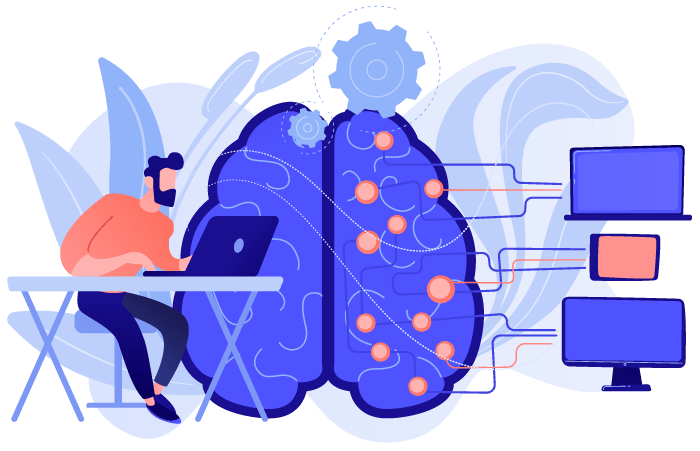
Graphics servers suitable for artificial intelligence
Suitable plans for artificial intelligence and machine learning
Example of an AI server with 4 graphics cards
FAQ
Do AI servers have multiple graphics cards?
Due to the need for some software to perform heavy calculations on multiple graphics cards simultaneously, servers are usually offered in 2, 4, and 8-card configurations.
Is it possible to test servers every few hours or every day?
Some plans offer limited testing based on availability, but due to the setup cost and server uptime, this comes at a cost, and approval of this depends on the destination data center.
How can we connect to the server?
You can connect to the servers via remote desktop or through AnyDesk or TeamViewer software and download and then install your software.
Is it possible to mine on these servers?
Given that these servers are provided for computing, they cannot be used for mining in any way. In addition, using a graphics server for mining does not make economic sense.
How long does it take for the server to be activated?
Servers can be provided within a maximum of one business day if available.
In which country are these servers located?
These servers are provided from foreign data centers and are located in the United States and Europe.



